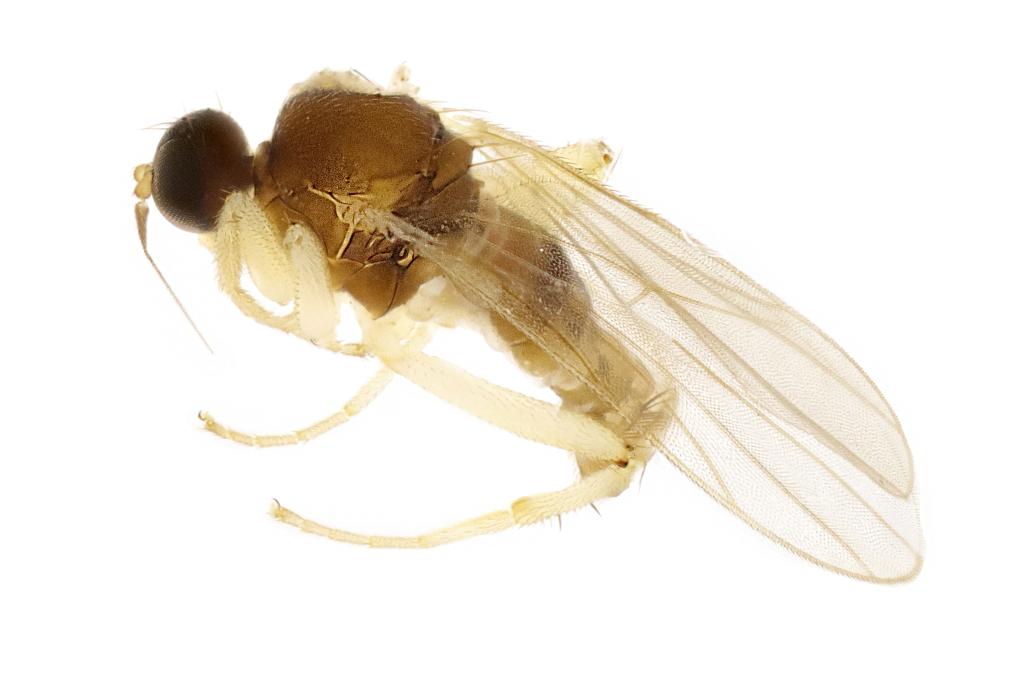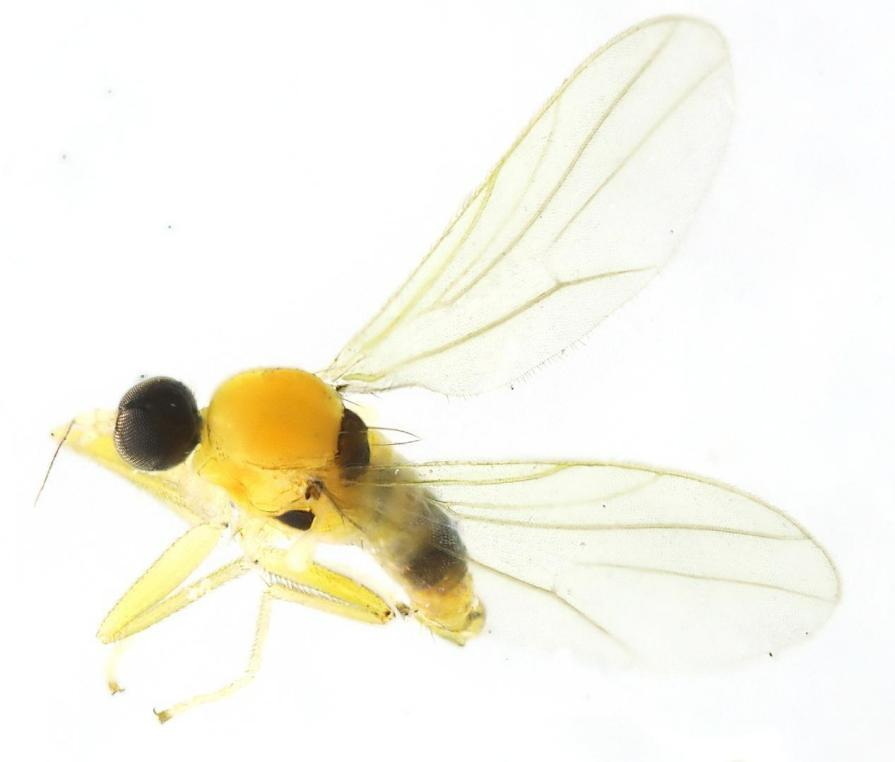Five New Insect Species Found in Wuyishan National Park
Xinhua News Agency, Fuzhou, July 9 (Reporter Zhang Huaying) A few days ago, the reporter learned from the Wuyishan National Park Scientific Research Monitoring Center that during the background investigation of biological resources in Wuyishan National Park, researchers discovered five new insect species of the genus Euonymus, namely, Euonymus brevis, Euonymus versicolor, Euonymus versicolor and Euonymus versicolor. At present, relevant scientific research results have been published in the Journal of Insect Taxonomy.

This is the morphological feature map of the short-protruding yellow hidden-shouldered bat. (Photo courtesy of Wuyishan National Park Scientific Research Monitoring Center)

This is the figure of morphological characteristics of the yellow-shouldered bat. (Photo courtesy of Wuyishan National Park Scientific Research Monitoring Center)

This is the morphological feature map of the yellow hidden-shouldered bat in Jiuquxi. (Photo courtesy of Wuyishan National Park Scientific Research Monitoring Center)

This is the figure of the morphological characteristics of the square-protruding yellow-shouldered bat. (Photo courtesy of Wuyishan National Park Scientific Research Monitoring Center)

This is the morphological feature map of the yellow-hidden-shouldered bat in Wuyishan. (Photo courtesy of Wuyishan National Park Scientific Research Monitoring Center)
In April 2021, Wuyishan National Park Administration launched a three-year background survey of biological resources. More than 100 experts from many scientific research units and universities went to the field many times to comprehensively investigate the main ecosystems and biological groups of Wuyishan National Park. Up to now, 24 new species have been found in the survey. During the investigation, researchers collected a large number of insect samples, observed the morphological characteristics of adult samples through stereoscope and microscope, and identified them as new species by means of morphological taxonomy.
Ma Fangzhou, an associate researcher at the Nanjing Institute of Environmental Sciences of the Ministry of Ecology and Environment, said that the yellow-shouldered dance insects are generally small in size, with the adult body length ranging from 1.8 mm to 2.8 mm, the male insect’s abdominal end is thick and the female insect is slender. Their larvae live under the ground cover, rocks or soil, and adults are terrestrial, mostly moving on the surface and ground of plants. Preying prey mainly includes psyllids, aphids, scale insects, mosquitoes, flies, mites and other important economic pests or health pests.
Ma Fangzhou said that the new species of Rhopalosiphum discovered this time plays an important role in clarifying the insect resources of Rhopalosiphum, and at the same time, it is of great significance in the comprehensive management of pests by biological control and the study of indicator organisms for biodiversity and environmental assessment.